Seeing Patterns Anew
Daniela Querqui, Freelance Consultant, Consumer-Centric Insights & Innovation
 A pharmaceutical chemist by training with a passion for consumer insights, Daniela Querqui combines her skills to foster innovation for fast-moving consumer goods companies. Trend Hunter spoke with her about seeing trends and patterns with fresh eyes.
A pharmaceutical chemist by training with a passion for consumer insights, Daniela Querqui combines her skills to foster innovation for fast-moving consumer goods companies. Trend Hunter spoke with her about seeing trends and patterns with fresh eyes.TH: Tell us about yourself and your role.
DQ: I work as a consultant for fast-moving consumer goods companies in the area of innovation. My role is basically to help companies translate consumers’ needs into product design, technical attributes, winning new products, strategies, and communication. I am a little bit of a bridge between technology and the consumer/market. I come from the technical side, and I worked for a very long time for Procter and Gamble. My role there was to connect those two areas, because usually the marketing people and the technology people don’t really communicate very well. They have two different worlds and approaches. They speak different languages, so I have to be the translator [laughs]. Coming from the technical side but also being very in touch with the consumer, I just connect those two worlds.
How do you and your team generate great ideas? Do you have certain rituals to make creativity happen?
The first thing I do, because my role is really to translate consumer needs into some kind of idea, is to look at consumers or customers and really try to get at what their deep desires are, how we can improve their lives, what motivates them. This can happen in different ways: it can be through looking at what they do — like ethnographics and things like that — but also through the trends, because trends get adopted when consumers find a better way to answer to their needs. So by getting into consumer trends, you can understand what consumers are after, what’s important to them, what drives them.
What are some barriers to innovation?
To me, coming from inside a company in a research and development role, the biggest one is risk aversion. That means wanting to play it safe and be 300 percent validated with numbers before moving forward. That, to me, slows down and makes people less prone to trying new things.
How do you get around that?
This is a cultural thing, but I try to put it into a context of learning. I usually don’t use terms like “validate” or “execute.” It’s more about “piloting,” because in that context failure is more acceptable. If people think, “we’re piloting,” it helps. How you name it creates a story about people’s attitudes on how they relate to it. And in a learning process, it’s acceptable if you don’t immediately know 100 percent.
How do you identify trends? What resources do you and your team use to spot trends and insights?
There is a huge amount of information on the web, and there are companies like Trend Hunter that are much better suited than myself to do that, so I use a lot of what’s in there. But I also look at other things from completely different sources. For example, it could be Mashable, startup sites like Kickstarter, or it could be other sources like TED. My part then is to put the stuff together and see the patterns that emerge.
It’s more qualitative [than quantitative.] I think the point comes when you start getting a sense of what is moving and why it is moving.
Do you have rituals for resetting to be creative?
The pieces of the puzzle fall together for me in quiet moments — when there’s silence around, and I have time to dig into the information. This is a bit crazy, but I love to work at night, because that’s a time when there are no interuptions. I get my best ideas at night. I start to read a lot, and at some point it happens that ideas start flowing and eventually I see some sort of picture and the new idea.
Has there ever been an instance where another industry has influenced an innovation at your company?
That’s the beauty of trends: looking across industries. Because the expectations of consumers are not stuck into categories. So usually I try to look at what people want and try to translate that from one industry to another. I’ve worked a lot with stylists, because I’m working in haircare, and there are people who are very creative. They build their own furniture into the salon, or find new ways to execute the service. It all integrates together, and there can be a new product that integrates all different parts of the service. I always try to look beyond one category for that.
What are some examples of things you can do to create a culture of innovation?
One of the things is to really look for unexpected answers, because then there's something to learn that's not obvious. For example, going back to the learning culture, if I see in consumer testing that the answers are not the ones we expected, there’s something to be learned there. Normally, people will be disappointed and say, “The product doesn’t work the way we need it to.” But for me, that’s the hook to something new. Because then we haven’t understood fully how the thing is received by consumers. So one of the things is to really look for unexpected answers. I always try to look for things that don’t fit what we have in mind.
Describe the future.
I think my industry, fast-moving consumer goods, will still be there, but the way to access it will be different. With hygiene, another category I work on, I keep thinking about how much of the process will be supported by sensors and automation.
What’s the craziest thing you have done to get creative inspiration?
To me it’s about seeing different angles and coming from different perspectives. So for example, I am part of a group of “lateral thinkers.” We meet once a month and discuss a different theme — it could be anything from cultural topics to new approaches; everything’s possible. But what makes this exciting and stimulating is the type of people in there, because it’s a very diverse group and thus everybody has their own unique perspective. So it’s about getting to see the world with the eyes of people that are completely different and who I wouldn’t have access to in my daily life, as well as discussing with them about new topics and approaches.
References: linkedin
Featured Articles

Sparking Unexpected Ideas
Senior Art Director at Geometry Global, Veselina Angelova
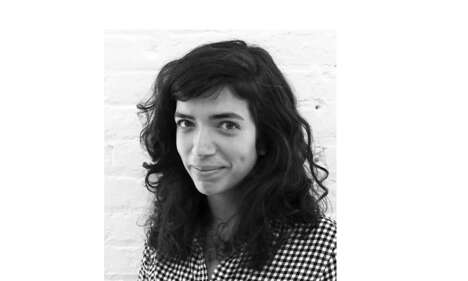
Purchasing Behavior in Identifying Trends
Director of Strategy at Geometry Global, Mafe VillasBoas

Connections that Spur Innovation
Ed Matesevac, Innovation Analyst at State Farm
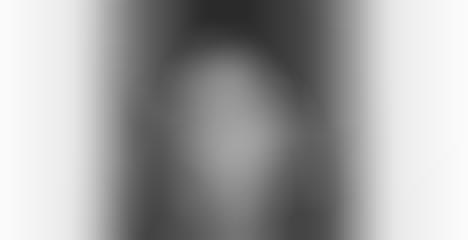
The Value of Non-Hierarchical Offices
Marketing Director at Ikon Arts Foundation, Linda Mateljan
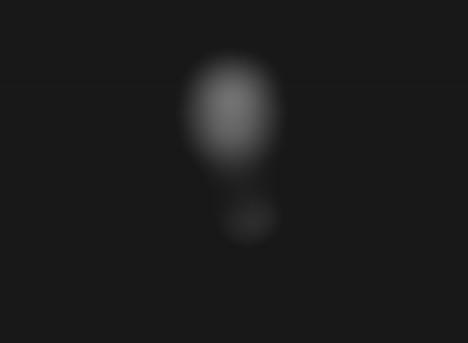
Designing for Everybody
Pedro Vicente, Creative Director at Brand Loyalty International
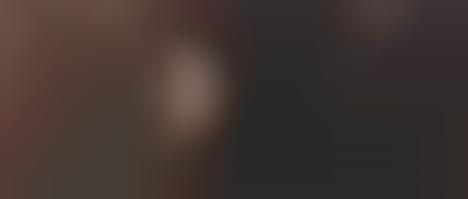
Fostering Hispanic Values
Anabella Herrera, Strategy and Insights Manager at Univision
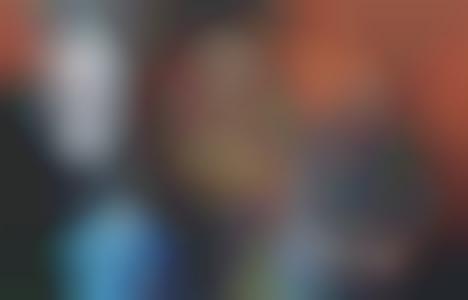
Anchoring in the Future
Frank Spencer, Founder, Creative Director, and Principal at Kedge
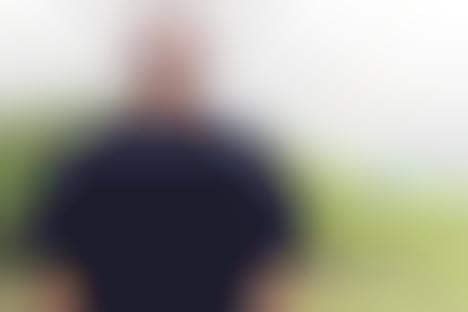
Gaming to Innovate
Roger Mendez, Principal at Propeller Insights

Creative Long-Term Thinking
Amy Majerowski, Innovation Strategist at ampl!fy insights + innovation